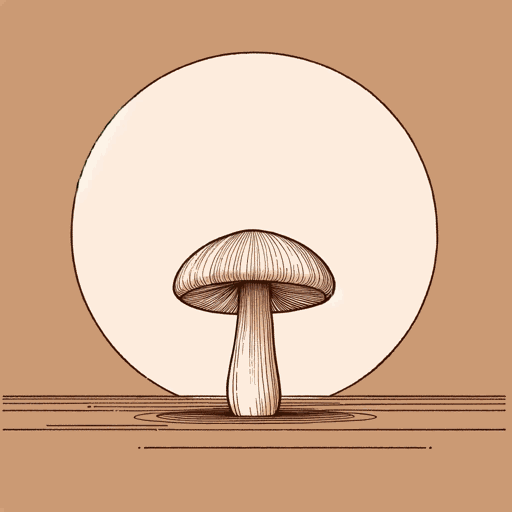75 pages • 2 hours read
Anna Lowenhaupt TsingThe Mushroom at the End of the World
Nonfiction | Book | Adult | Published in 2015A modern alternative to SparkNotes and CliffsNotes, SuperSummary offers high-quality Study Guides with detailed chapter summaries and analysis of major themes, characters, and more.
Before You Read
Summary
Preface
Prologue
Part 1, Introduction
Part 1, Chapters 1-3
Part 1, Interlude 1.1
Part 2, Introduction
Part 2, Chapters 4-7
Part 2, Interlude 2.2
Part 2, Chapters 8-10
Part 2, Interlude 2.3
Part 3, Introduction
Part 3, Chapters 11-13
Part 3, Chapters 14-15
Part 3, Chapters 16-17
Part 3, Interlude 3.3
Part 4, Introduction
Part 4, Chapters 18-19
Part 4, Chapter 20 and Conclusion
Key Figures
Themes
Index of Terms
Important Quotes
Essay Topics
Part 4, Chapter 20 and ConclusionChapter Summaries & Analyses
Part 4: “In The Middle of Things”
Part 4, Chapter 20 and Conclusion Summary and Analysis
This section covers Chapter 20, “Anti-Ending: Some People I Met Along the Way,” and the Conclusion, “Spore Trail, The Further Adventures of a Mushroom.”
To conclude her work, Tsing intersperses anecdotes across her research sites, “recouping moments when I glimpsed the kinds of boundary confusions that mark the edges of alienation—and thus, perhaps, latent commons” (278). Thus, her final quest is to find the places where capitalism brushes up against a more collectivist reality, even as it always remains in evidence. She introduces another research subject, a mushroom picker and amateur mycologist named “Matsiman” (the first part of his name refers to slang for the matsutake Mushroom, hence, he is “mushroom man”). He works hard to live outside capitalist structures, a lifestyle that requires constant alertness, and a devotion to what Tsing calls “arts of noticing” (279). This noticing is precisely what she has done for most of the work: watching people, forests, mushrooms, and academic disciplines, to uncover the possibilities that may await humanity in an increasingly uncertain time. Perhaps, in this reckoning, all mushroom hunters are anthropologists—or all social science requires patience, fortitude, and a willingness to examine what others have discarded.
Tsing meets a Chinese scientist who studied in Japan with a Finnish husband, Lu-Min Vaario, who shows her another aspect of matsutake as communal: the mushroom’s ability to feed off dead matter as well as living hosts.

